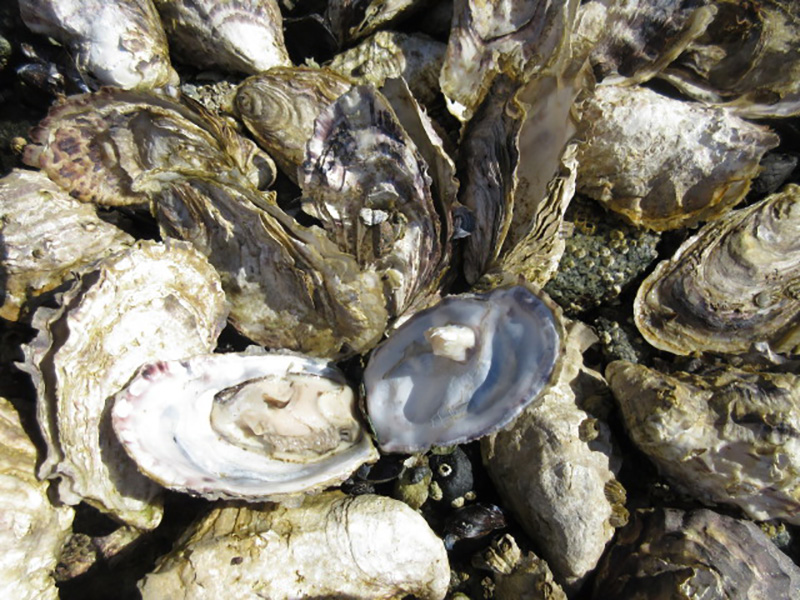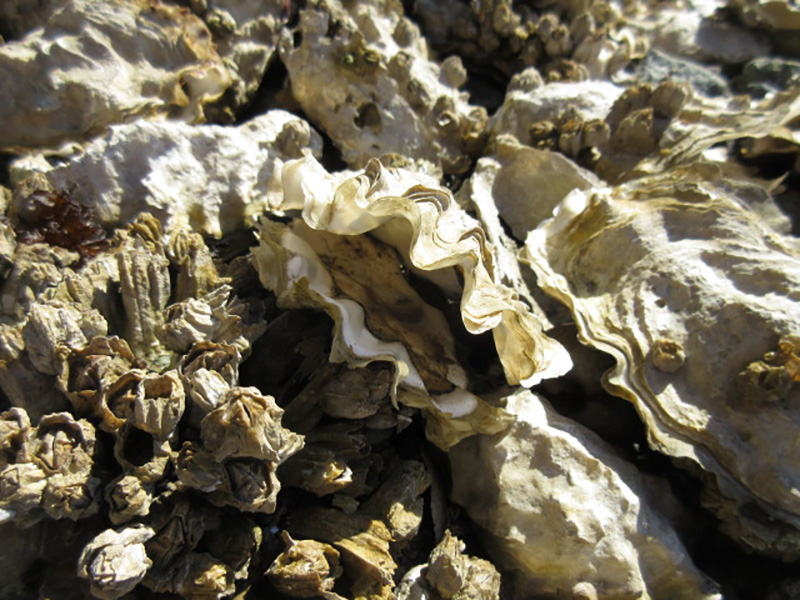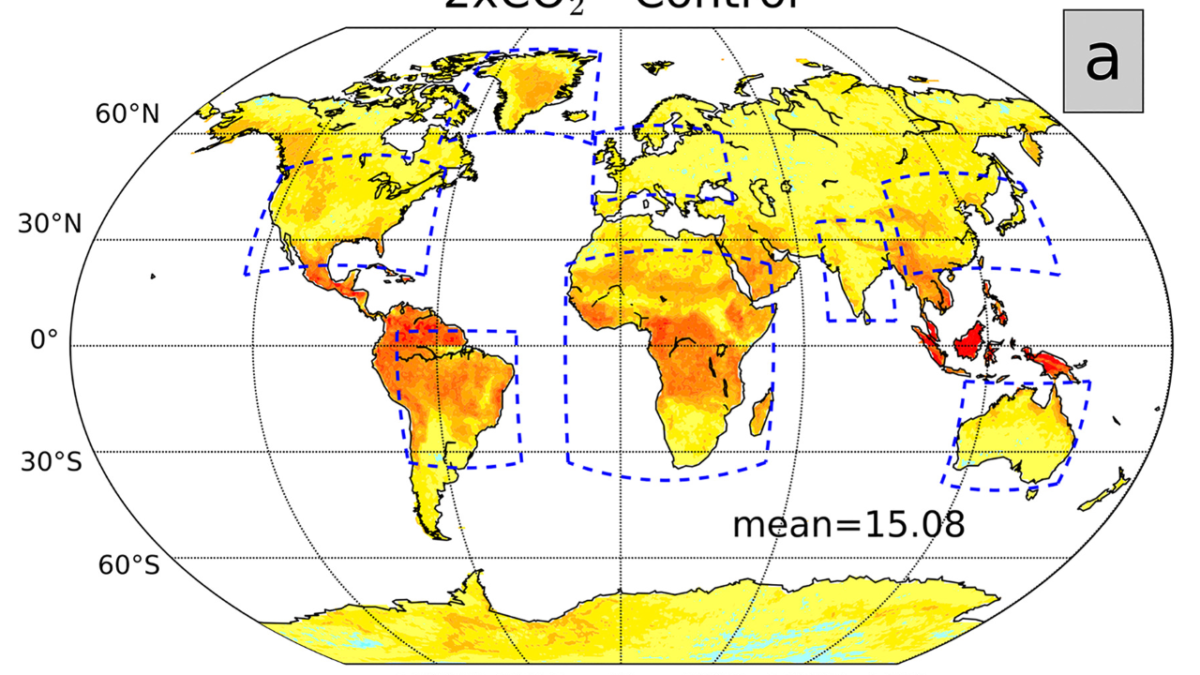BC’s shellfish farmers struggle after record heatwave decimates oysters – “I have been in this industry for 36 years, and I have never seen a mortality rate like this”

By Vaishnavi Dandekar
5 Aug 2021
(The Tyee) – Judy Hicks, a commercial shellfish grower in Okeover Inlet, B.C., started her day early on July 2. Weather forecasts had predicted that temperatures would reach the mid-20s that day — after hitting the mid-to-high 30s earlier that week — and Hicks wanted to avoid the heat.
Hicks had about 5,000 to 6,000 oysters growing over a half-acre of shoreline. As she made her way down to the rocky beachfront, she noticed a strange smell and assumed it was a dead animal. Then she noticed that many of the oyster shells had opened. The oysters inside were dead.
From June 25 to July 1, during B.C.’s unprecedented “heat dome” that caused hundreds of human fatalities; record-breaking temperatures are estimated to have killed more than one billion sea animals.
Temperatures rose to over 40 C in some areas of the province. The scorching heat, combined with low summer tides, had a deadly effect. Seashore animals that were killed included sea stars, barnacles, sea clowns and cockles, along with a range of shellfish species farmed by commercial growers, such as clams, blue mussels and oysters.
“I have been in this industry for 36 years, and I have never seen a mortality rate like this,” Hicks said. “I lost 60 per cent of the bigger oysters and 80 per cent of the smaller ones.”
For a small-scale grower like Hicks, this represents a loss of about $30,000.
Oysters are generally quite hardy, Hicks said, and don’t need extra care during the summer. So when the heat wave caused shoreline temperatures to spike during low tide, B.C.’s shellfish growers were caught unprepared.
Troy Hutchings, who also farms Pacific oysters in Okeover Inlet, had already suffered pandemic-related losses when temperatures began to rise.
On 24 June 2021, Hutchings and his business partner and wife Annette Lessard went for a swim. The tide was one of the lowest they had seen.
“We did notice a faint smell and some predator-like starfish and sea clowns dead around the oysters,” Hutchings said. “I knew something was wrong,”

The heat kept Hutchings away from the beach for the next few days. On July 3, when he returned, he discovered that about 80 per cent of his oysters had died.
Hutchings, who maintains an oyster farm of over 3.5 acres, estimates this will translate into a loss of up to $70,000. […]
“It will take at least three to four years to get my business back to where it was before,” Hutchings said. …
The losses underscore just how vulnerable rising temperatures make the industry.
“I have been in shell fishing my whole life, and I still can’t think of a solution that could work or would have prevented the loss this year,” Hutchings said. “With climate change, something like this might happen again and I am not prepared for it.”
It’s devastating, Lessard added, to see the beach and the sea creatures in this condition. [more]
BC’s Shellfish Farmers Struggle After Heat Wave Decimates Oysters


